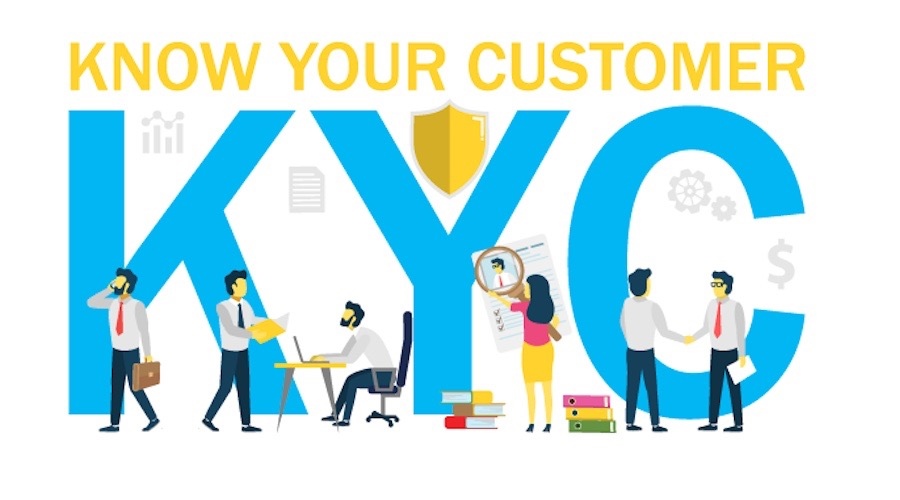Crypto KYC has become far more commonplace in 2023. This is due to crypto companies becoming an increasingly significant element of the financial system, terms like BTC, ETH, of NFTs have also become widely known across the world.
Virtual asset service providers (VASPs for short) have played a crucial role in crypto’s growth and as crypto exchanges, and crypto wallets sprout so do new ways to use virtual assets illegally.
Money launderers are known for how quick they can adapt themselves to new paradigms in finance and within the crypto it is in no way different.
Sophisticated new ways of using virtual assets have prompt governments throughout the world to attempt to bring virtual asset service providers under AML regulations (anti money laundering).
Subsequently, in virtue of said regulations, having Know Your Customer (KYC) procedures became mandatory.
KYC data refers to the data collected from Virtual Asset Service Providers throughout their onboarding and transactions which verifies client identity. This due diligence happens on account of process compliance with the regulatory framework at hand, namely with what concerns Customer Due Diligence (CDD).
KYC intended purposes are simple: to identify clients and perform a verification check before granting them access to a service or to conduct a transaction.
The KYC Process Explained
Has crypto regulation can drastically differ from one jurisdiction to another, it is important to understand that clients will also be required to submit different types of data.
Usually, the absolute minimum KYC data gathered is a client’s full name, his or her date of birth, and their residential address.
The data is crosschecked with government-issued documents which the client must also submit.
Traditional Steps in Crypto KYC Onboarding Process
There are different stages in a KYC onboarding process, depending obviously on which company is performing it and the jurisdiction in which operates in.
Generally speaking, the onboarding starts with the identification stage in which the client submits his or hers personal data. Usually, the client is asked to snap a photo of their government-issued document and submit it.
Said document is checked for issues, mistakes, and so forth as a way to attest its authenticity. The data on the document in question is crosschecked with user submitted data as well.
Depending on the client’s address, it will be determined if he or she is currently located in a high-risk country.
























